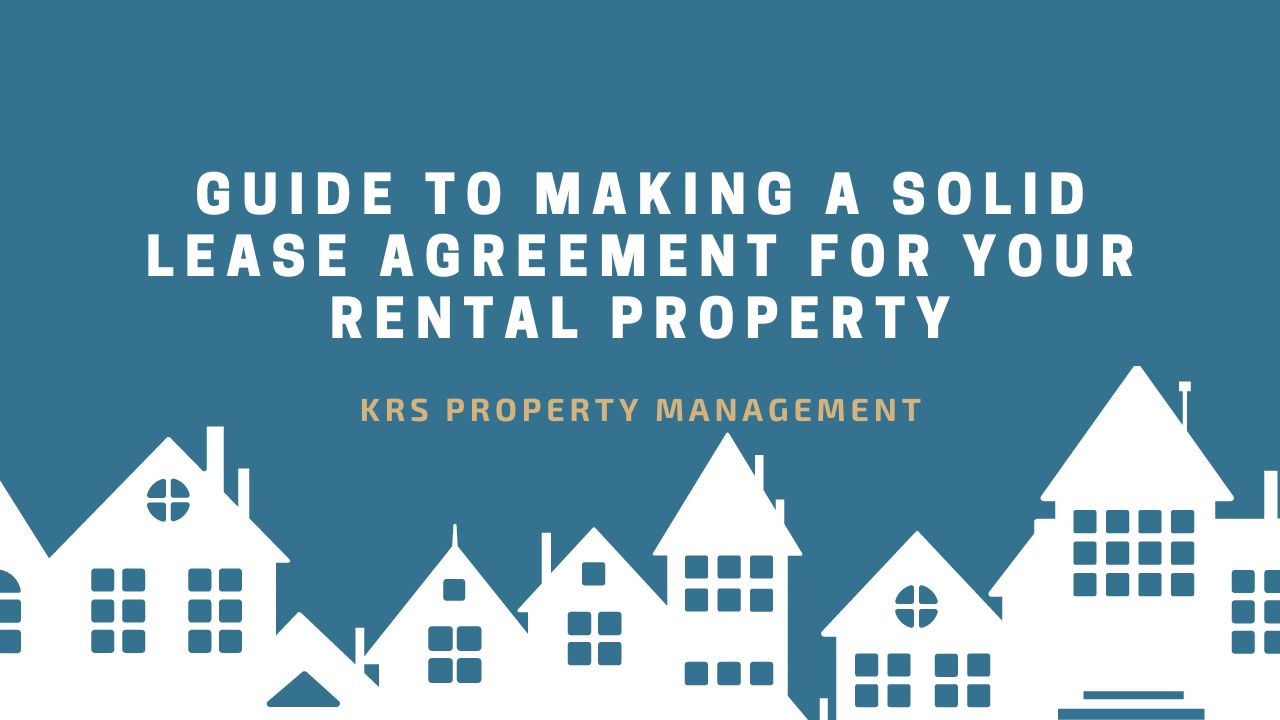
After finding great tenants to occupy your property, creating a well-drafted lease agreement is one of the most important steps in managing a rental property.
A solid lease agreement not only helps in outlining the responsibilities of both the landlord and the tenant but also ensures legal protection in case of disputes, aswell as writing estoppel certificates.
This document serves as the foundation for a clear and transparent rental relationship, setting the terms and conditions for occupancy, payment, and property maintenance. An effective lease agreement is essential for avoiding misunderstandings and disputes.
It defines the rules and expectations for both parties, making it clear what is required from the tenant and what the landlord is obligated to provide. With a well-constructed lease, landlords can safeguard their property, ensure timely rent payments, and maintain a positive landlord-tenant relationship.
Key Components of a Lease Agreement
1. Basic Information
Every lease agreement should start with basic information about the rental property, the landlord, and the tenant. This includes the full names of all parties involved, the address of the rental property, and the duration of the lease.
Clearly stating the lease term, whether it's a fixed-term lease or a month-to-month agreement, helps in setting expectations about the length of the tenancy.
2. Rent Details
The rent section of the lease agreement should specify the amount of rent, the due date, and the acceptable methods of payment.

It is crucial to outline any late fees or penalties for overdue payments, as well as procedures for handling bounced checks. Additionally, landlords should mention if utilities are included in the rent or if the tenant is responsible for paying them separately.
3. Security Deposit
The lease agreement should detail the amount of the security deposit, the conditions under which it will be returned, and any deductions that may be made.
It is important to comply with local laws regarding security deposits, including how and when the deposit should be returned to the tenant after they move out.
4. Maintenance and Repairs
This section should outline the responsibilities of both the landlord and the tenant regarding maintenance and repairs. Landlords should specify who is responsible for routine upkeep, such as lawn care and cleaning, as well as major repairs.
Tenants should be informed of their obligations to report maintenance issues and keep the property in good condition.
5. Rules and Regulations
Including rules and regulations in the lease agreement helps maintain order and protects the property. Common rules include policies on smoking, pet ownership, and noise levels. Landlords should also outline procedures for handling disputes and resolving conflicts, to keep tenants happy.
6. Termination and Renewal
The lease agreement must outline the terms and conditions for ending the lease, including the notice period required by either party. This includes the notice period required for ending the lease and any penalties for breaking the lease early.
Additionally, landlords should detail the process for renewing the lease if both parties wish to continue the rental arrangement.

7. Legal Compliance
It is essential to ensure that the lease agreement complies with local and state laws. This includes regulations related to fair housing, eviction procedures, and tenant rights. Landlords should familiarize themselves with relevant laws to avoid legal issues and ensure the lease agreement is enforceable.
Practical Tips for Drafting a Lease Agreement
1. Be Clear and Specific
Use clear and straightforward language in the lease agreement to avoid ambiguity. Specificity helps in preventing misunderstandings and ensures that both parties know exactly what is expected. Avoid using complex legal jargon that might be confusing to tenants.
2. Include an Inspection Clause
Including a clause about property inspections helps in maintaining the condition of the rental property. Landlords should specify how often inspections will be conducted and the notice period required before an inspection.
This clause ensures that the property is regularly checked and any issues are addressed promptly.

3. Provide a Copy to the Tenant
Once the lease agreement is signed, landlords should provide a copy to the tenant for their records. This helps in ensuring that both parties have clear communication and understanding of the terms and conditions of the lease. It can also be used as a point of reference if disputes or misunderstandings arise.
Bottomline
A well-drafted lease agreement is crucial for managing rental properties effectively. It provides a clear framework for the rental relationship, outlines the responsibilities of both parties, and helps in avoiding disputes.
By including key components such as rent details, security deposit information, and maintenance responsibilities, landlords can ensure that their lease agreements are comprehensive and legally sound.
Considering the complexities of lease agreements and property management, partnering with a property management company can offer significant advantages. KRS Holdings specializes in creating detailed lease agreements that protect your interests and adhere to local regulations.
Our team of experts can also manage your rental property, handling everything from rent collection to maintenance, allowing you to focus on other aspects of your investment. Contact us today to learn how we can support you in managing your rental property!






